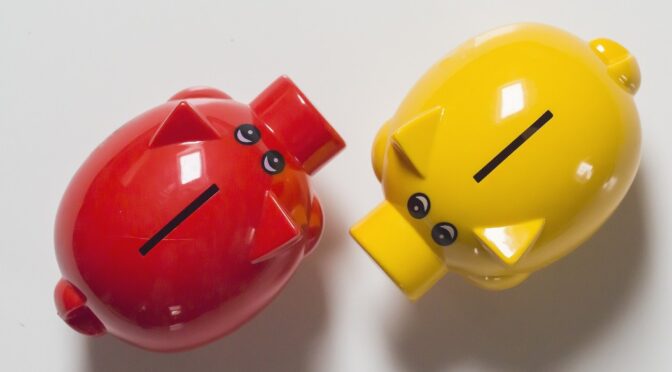“Economy, prudence, and a simple life are the sure masters of need, and will often accomplish that which, their opposites, with a fortune at hand, will fail to do.” – Clara Barton
“Affairs are easier of entrance than of exit; and it is but common prudence to see our way out before we venture in.” – Aesop
One of my conceits, of which there are many, is the belief that because I have entered the third trimester of my life, I am now in possession of great volumes of wisdom and perspective. Thankfully Mrs. Cog is always nearby to efficiently and surgically remove any such thoughts of grandeur and omnipotence. That said, at some point during the flight of life, even birds of prey eventually turn their thoughts to the comfort of a nearby nest rather than their next fearless fight.
Even the most reckless among us begins elevating to greater importance the preservation of resources rather than mindless squandering, especially when we are closer to the end than the beginning. This is a good thing, by the way. It adds balance to the socioeconomic system, both personally and collectively, as well as countering the self-destructive tendencies of those obsessed with endless consumption.
There’s a reason we’re no longer referred to as ‘citizens’ in mainstream media or political speech, but rather the more personal-responsibility-evading ‘consumer’. If given even a minimum of thought, one quickly realizes this subtly propagandized term (consumer) is a significant, but not the only, component of the obvious agenda to infantilize the US (and global) population.
Like the one year old who eats, sleeps, plays, defecates, eats, sleeps, plays……with no personal responsibility other than to be self-indulgent and consume food and attention, we are being reduced (distilled down might be a better term) to our most base impulses. I suspect most people, if told this to their face, would not react well to my observation, assuming instead I was being critical of them personally.
…click on the above link to read the rest of the article…













